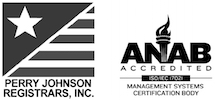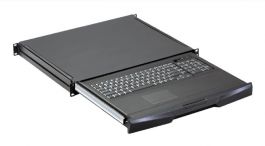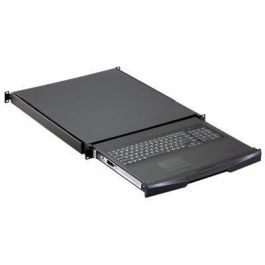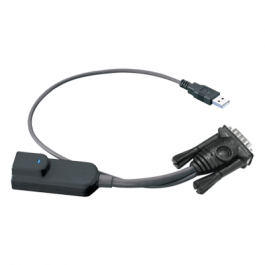Rackmount Keyboard Drawer
Rackmount Keyboard Drawer
REFERENCES
KVM Switch - Network Power Management Interface of Servers
Keyboard, video, and mouse (KVM) is an industrial instrument that allows users to concurrently control multiple computers from keyboards, video monitors, and mice. Using a KVM switch transforms the workforce in its productive nature to conserve time, space, and money as it allows users to connect from one system to another computer while accessing data in real-time. The switch allows users to connect from one system to another computer while accessing data in real-time. The keyboard, mouse, and video monitor are all connected to the KVM switch, enabling users to use a single set of keyboard, video monitor, and mouse instead of supplying a set for each computer that ultimately takes up a whole lot of space and money.
Types of Ethernet Cables - Cat 5 & Cat 6
Ethernet cables are assembled into consecutively numbered categories based on various specifications. These categories; Cat-5, Cat-5e, Cat-6, Cat-6a, determine what types of cables are needed for specific applications. Cat-5, which is an older type of network cabling, supports theoretical speeds of 10Mbps and 100Mbps. Cat-5e, which is an improvement of Cat-5, supports gigabit speeds up to 1000Mbps. The Cat-5e cables reduce interference between wires inside the cable and are more likely to produce faster reliable speeds. On the other hand, Cat-6 has stricter specifications with interference and supports speeds up to 250MHz, twice the speed of Cat-5e cables. For constant transferring of data over the network, Cat-5 and Cat-6 will provide the best results. Cat-5e stranded cable is best when needing to patch cords up to 25 feet as it provides ease of flexibility.








